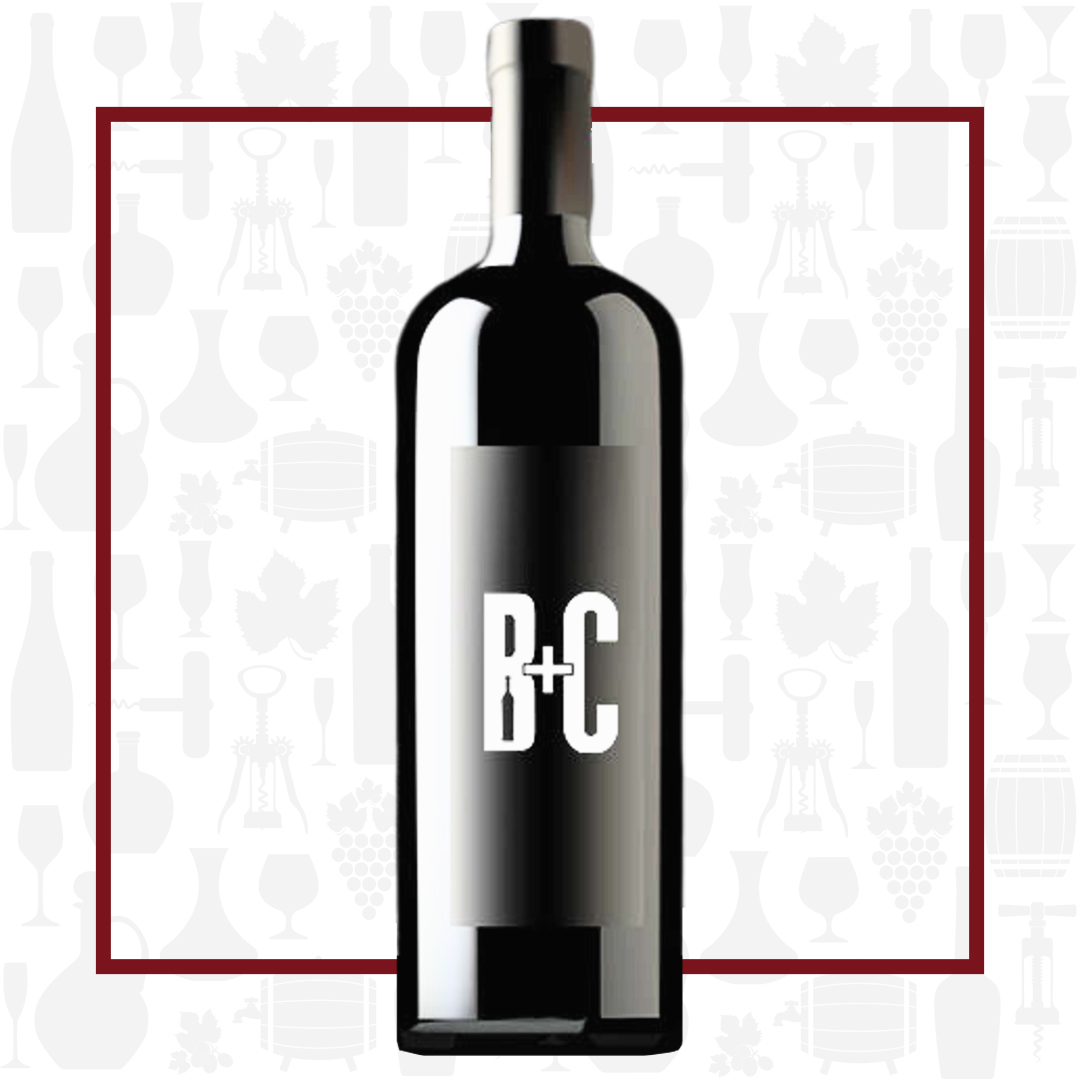Cellar Profile
In a tiny northern area of Emilia-Romagna, Italy, sandwiched between Piedmont and Tuscany, sits Piacenza. It was here that Felice Salamini decided to build a small vineyard to craft fine wines from autochthonous Malvasia, Barbera and Bonarda. It was here that Luretta was born! 30 years and untold successes later, Felice’s son Lucio has taken over at the helm and the property under vine has expanded to almost 50 hectares. The philosophy of the winery is simple: stress the vines, restrict yields, use organic and biodynamic principles and craft structured, elegant wines. To that end, there is no use of fertilizers or irrigation. The vines are purposely starved of nutrients and water, with severely restricted yields to thicken skins and long hang times to ensure full phenolic ripeness. Hand-harvested and meticulously sorted, Luretta uses only Allier French oak for aging and fermentation when wood is called for.
Region
The Colli Piacentini which give the DOC its title are the hills to the south of Piacenza, Emilia-Romagna’s most westerly city. These are the foothills of the northern Apennines, which run northwest to southeast through Emilia-Romagna, providing a patchwork of terroirs among their peaks and valleys. Many of the vineyards of the Colli Piacentini are planted on the rolling hills leading up to the northern slopes of the Apennine Mountains. The vineyard soils are composed of a mix of clay, marl, sand and sandstone from the Pliocene epoch.
Vineyard
The rocky soils of the Apennine hills are laced with calcareous marl, shale and pockets of limestone. The grapes are kept struggling for water, striving for better bunches and less canopy. The strong ocean breezes, as well as the winds coming through the Apennine passes, thicken the skins and aid in polyphenolic structure. Biodynamic processes, without the use of fertilizers, are followed in these single spur-cordoned vineyards.
Winemaking
3 month fermentation in 50% new French oak, 50% stainless steel. Aged 9 months in French oak.
Varieties
Malvasia di Candia is the source of some conjecture in ampelographic circles, with some believing the vine is one of many sub-varieties of the widespread Malvasia, while others claim it as an altogether separate variety. Malvasia Bianca di Candia is Italy’s most widely-planted Malvasia.
Tasting Notes
Deep golden colour. The La Rane is intensely aromatic, with notes of tropical fruit and honey. The palate is opulent with a bracing, balancing acidity. Flavours of orange blossoms, burnt honey and apricots lead to long, mouth watering finish.

